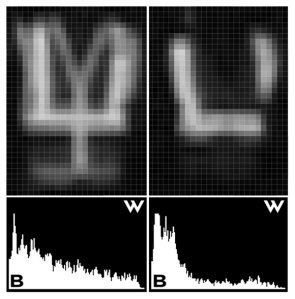The following statistics were found at Workzonesafety.org under occupational injuries in work zones.
 Fatal occupational injuries at road construction sites:
total highest state
2007 106 Texas 16
2008 101 Texas 13
2009 116 TX 11 FL 11
2010 106 Illinois 12
2011 119 Texas 13
Maryland - 0 over the same 5 year span
Fatal occupational injuries at road construction sites by select characteristics:
wage and salary self-employed
2007 105 0
2008 98 3
2009 111 5
2010 101 5
2011 112 7
women men
2007 3 103
2008 3 98
2009 7 109
2010 0 106
2011 7 112
white black hispanic
2007 71 14 17
2008 68 10 23
2009 78 7 27
2010 76 14 15
2011 74 12 31
Worst month for fatalities: June
Worst day of the week: Tuesday
This page includes data and information on fatal occupational injuries at road construction sites. For all fatalities in motor vehicle traffic crashes in work zones, visit the Work Zone Fatalities page and choose your year.
Fatal occupational injuries at road construction sites:
total highest state
2007 106 Texas 16
2008 101 Texas 13
2009 116 TX 11 FL 11
2010 106 Illinois 12
2011 119 Texas 13
Maryland - 0 over the same 5 year span
Fatal occupational injuries at road construction sites by select characteristics:
wage and salary self-employed
2007 105 0
2008 98 3
2009 111 5
2010 101 5
2011 112 7
women men
2007 3 103
2008 3 98
2009 7 109
2010 0 106
2011 7 112
white black hispanic
2007 71 14 17
2008 68 10 23
2009 78 7 27
2010 76 14 15
2011 74 12 31
Worst month for fatalities: June
Worst day of the week: Tuesday
This page includes data and information on fatal occupational injuries at road construction sites. For all fatalities in motor vehicle traffic crashes in work zones, visit the Work Zone Fatalities page and choose your year.



Fleece Lined Bomber
Jacket The fleece lined bomber jacket features a durable, waterproof
shell with a fleece liner and fleece lined hood. In addition to the high
visibility color material, the jacket also utilizes black material in the areas
which most commonly get dirty - helping the jacket maintain a bright and clean
appearance. The fleece lined hood is both removable and can also be hidden.
Other features of the jacket include: 2" wide 3M Scotchlite reflective material,
right chest wallet pocket, left chest radio pocket, zipper slash side pockets
and drawstring hood. Available in high visibility Lime and Orange; sizes M-5XL.
ANSI/ISEA Class 3 compliant.



























